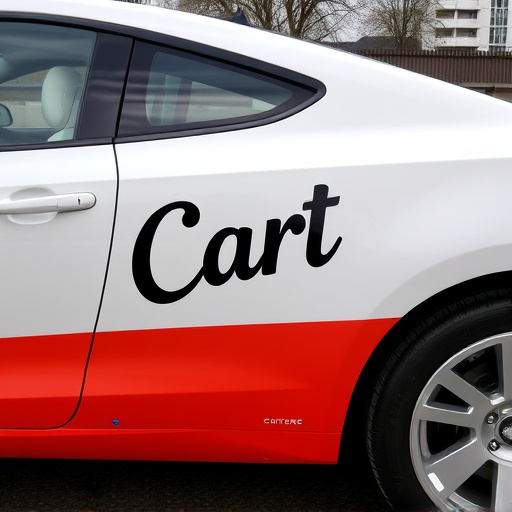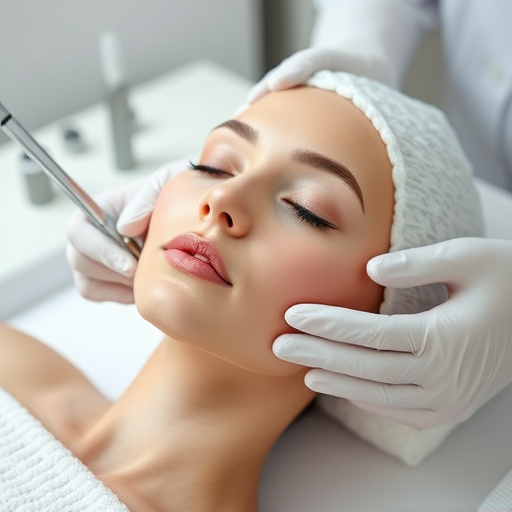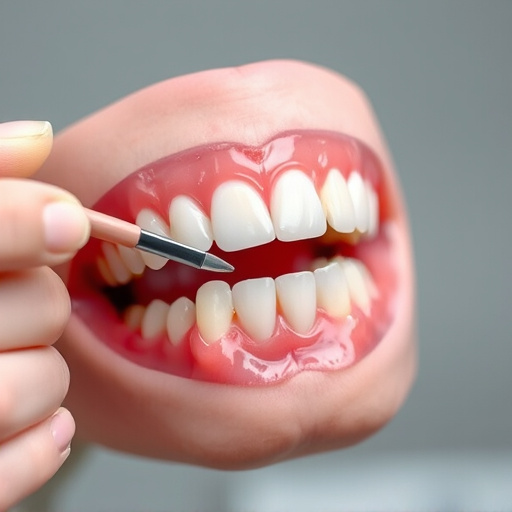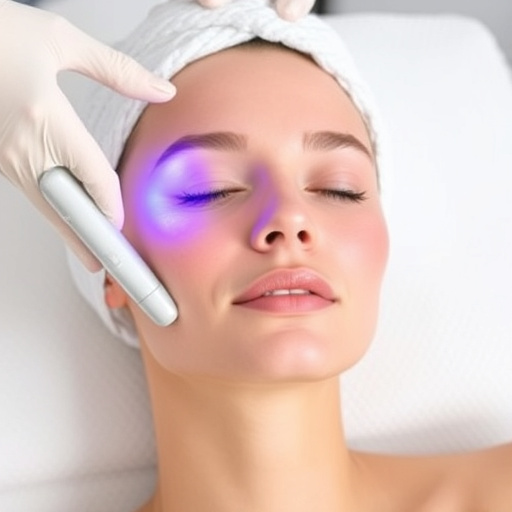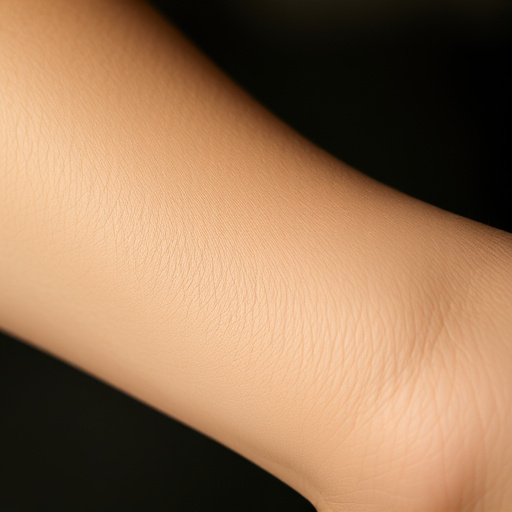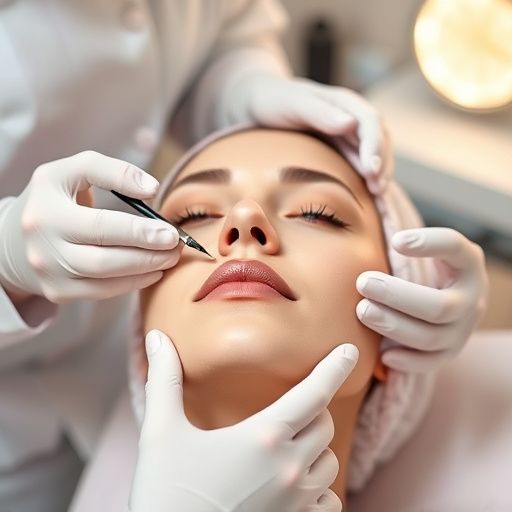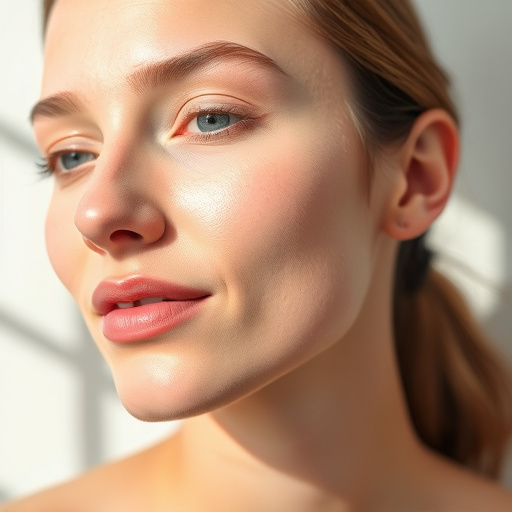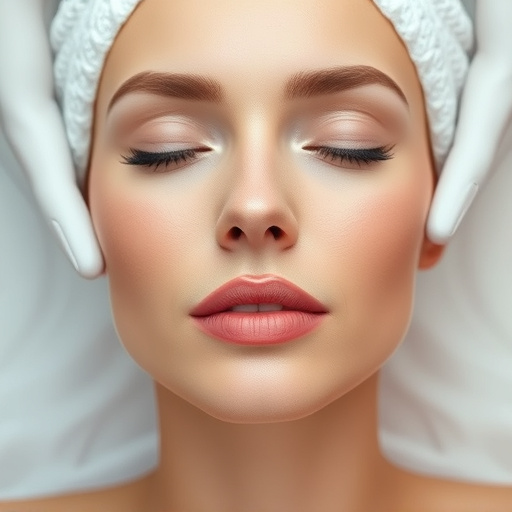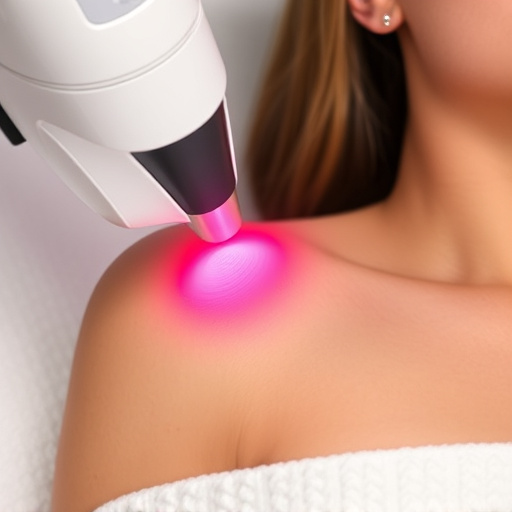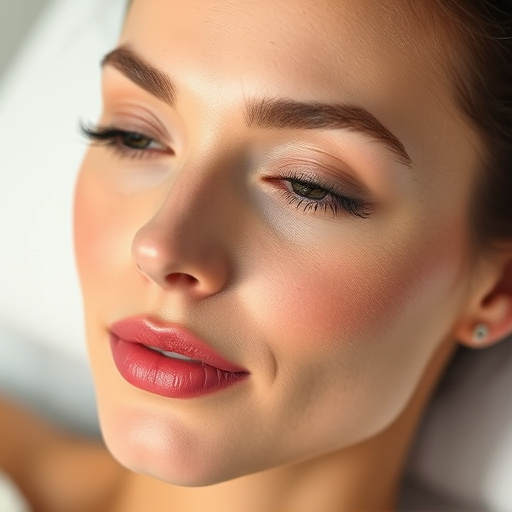Ingrown hair prevention is a growing concern globally due to its skin impact. Caused by blocked follicles from shaving or waxing, it leads to inflammation and potential scarring. Prevention strategies include proper grooming, exfoliation, hydration, and non-irritating products. The skincare industry offers advanced treatments like chemical peels, microdermabrasion, retinoids, and peptides to refine pores and promote healthier skin turnover for effective ingrown hair prevention.
The quest for smooth, bump-free skin has driven a surge in ingrown hair prevention trends within the skincare industry. Ingrown hairs, characterized by inflamed, irritated follicles, affect millions globally. This article delves into understanding this common concern, exploring its causes and demystifying different high-risk groups. We then navigate emerging skincare solutions, from chemical exfoliants to innovative tech-driven treatments, highlighting effective products and techniques gaining momentum in the industry. Discover how these advancements are revolutionizing ingrown hair prevention for a smoother, more confident you.
- Understanding Ingrown Hair: Causes and Common Concerns
- – Definition and types of ingrown hairs
- – Common causes and contributing factors
Understanding Ingrown Hair: Causes and Common Concerns
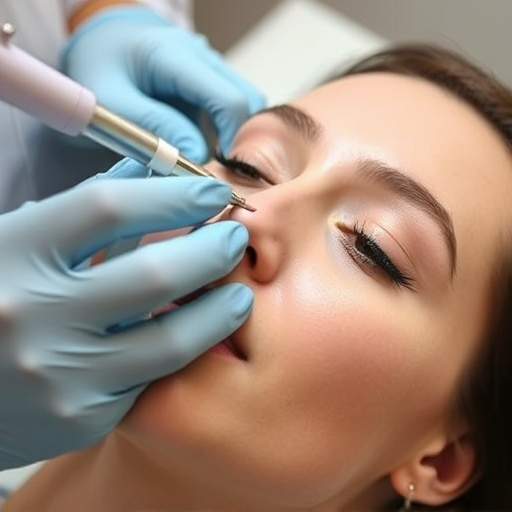
Ingrown hair prevention has become a significant focus in the skincare industry as it addresses a common yet often embarrassing issue affecting people worldwide. Ingrown hairs occur when hair follicles get blocked, causing hair to curl back into the skin and lead to inflammation, redness, and sometimes even infection. This condition can be triggered by various factors, such as shaving or waxing too closely, using dull razors, poor skin hygiene, or certain skin conditions like eczema or acne.
The primary concern with ingrown hairs is not just their appearance but also the potential for complications. In addition to causing discomfort and pain, they can result in permanent scarring and discolouration of the skin, especially if left untreated. Many people turn to various ingrown hair prevention methods, including topical treatments, chemical exfoliants, and specialised tools designed to extract hairs gently. Some advanced acne treatments and anti-aging treatments also offer solutions for improving skin texture and reducing the appearance of ingrown hairs by refining pores and promoting healthier skin turnover.
– Definition and types of ingrown hairs
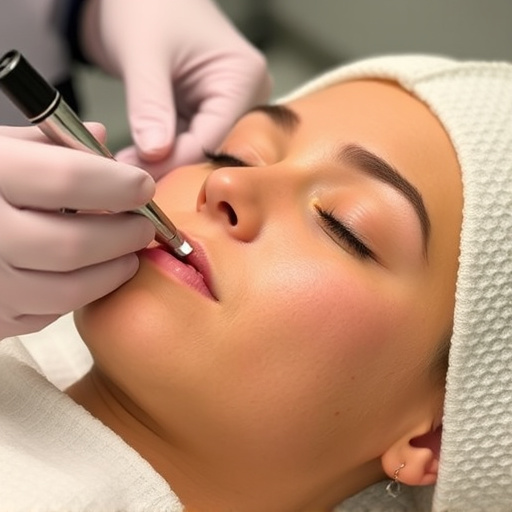
Ingrown hairs are a common skin concern that occurs when hair follicles become blocked, causing hair to grow back into the skin instead of emerging on its surface. This condition can result in small, red, inflamed bumps or cysts, often appearing as clusters around the beard area for men and on the legs, arms, or bikini line for women. There are several types of ingrown hairs: 1. Primary ingrown hairs, which develop due to genetics and poor hair removal techniques; 2. Secondary ingrown hairs, caused by irritation, inflammation, or damage to the skin, commonly arising from shaving or waxing; and 3. Superficial ingrown hairs, typically found near the surface of the skin, often related to using rough or irritating products during hair removal processes.
Effective ingrown hair prevention involves a combination of proper grooming practices, skincare routines, and sometimes professional treatments. Maintaining optimal skin health is paramount in managing and preventing ingrown hairs. This includes regular exfoliation to remove dead skin cells, deep cleansing to unclog follicles, and the use of hydrating facials or topical products that soothe inflammation and promote healthy skin turnover. Additionally, utilizing specialized razors or depilatory creams designed for minimal skin irritation can significantly reduce the likelihood of developing ingrown hairs during hair removal processes.
– Common causes and contributing factors
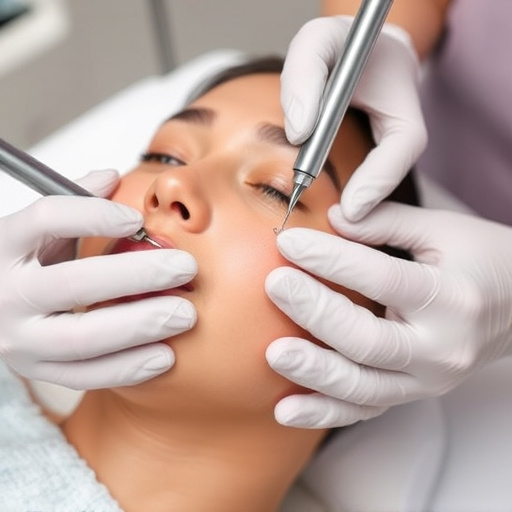
Ingrown hairs are a common skin concern, often caused by factors like poor shaving techniques, using dull or poorly maintained razors, and aggressive hair removal methods. These practices can lead to hair growing back beneath the skin’s surface, resulting in redness, irritation, and small, painful bumps. Unclean or blocked pores also play a significant role, as dirt and oil buildup can trap hairs, leading to ingrowns. Additionally, certain skin types are more susceptible due to factors like coarser hair, thicker skin, or hyperpigmentation.
In the skincare industry, there’s a growing trend towards addressing these issues through targeted treatments. Ingrown hair prevention is now a prominent focus, with products designed to refine pores, hydrate the skin, and promote healthy hair growth. Techniques such as chemical peels, microdermabrasion, and specialized extractions help remove dead skin cells and unclog pores, reducing the chances of ingrown hairs. Moreover, wrinkle reduction therapies like retinoids and peptides can improve skin texture, making it smoother and less prone to trap hair follicles.
As we’ve explored, understanding ingrown hair prevention is a key step in achieving smooth, healthy skin. By recognizing the causes—from poor shaving techniques to certain skincare products—and adopting strategies like exfoliation, proper shaving angles, and using moisturizing creams, individuals can significantly reduce the occurrence of ingrown hairs. This growing awareness among consumers has fueled trends in the skincare industry, with dedicated products and treatments designed to address this common concern. Investing in effective ingrown hair prevention methods not only improves skin aesthetics but also boosts overall confidence.


